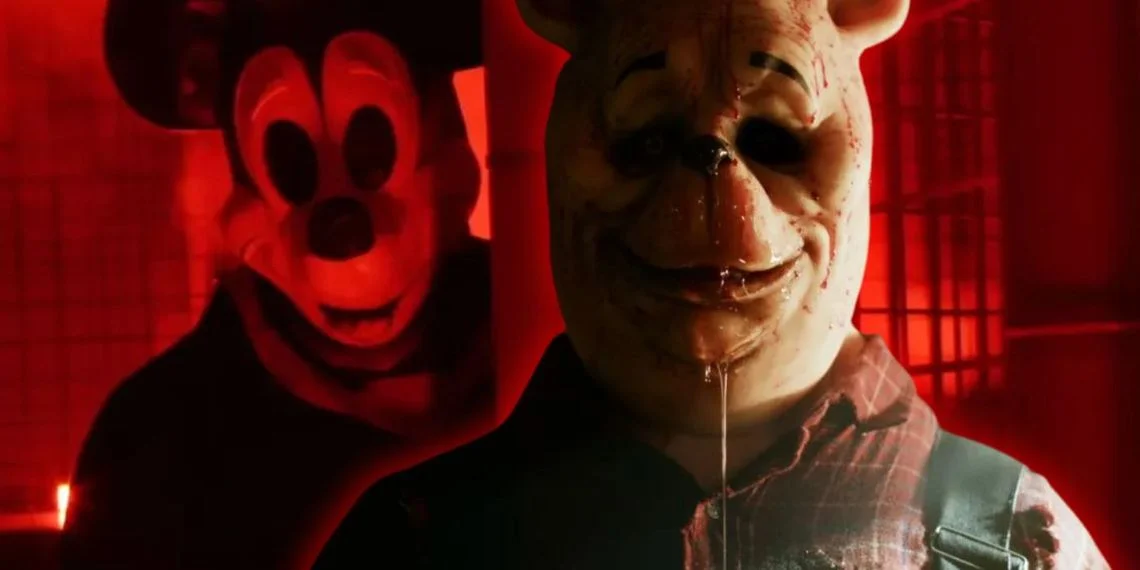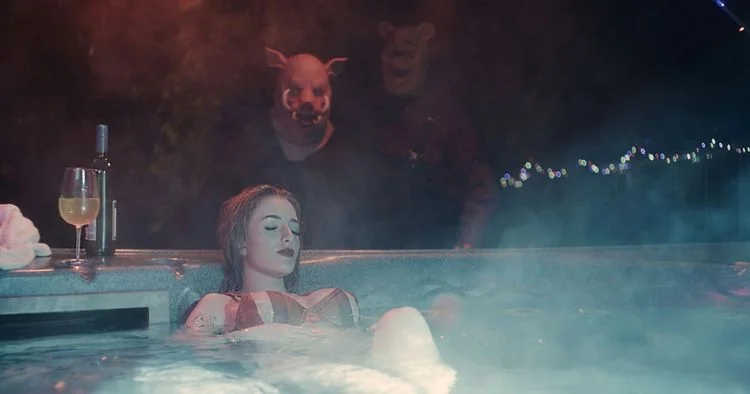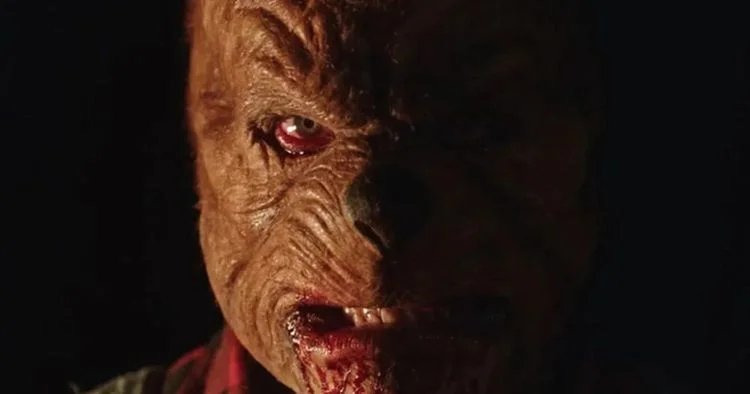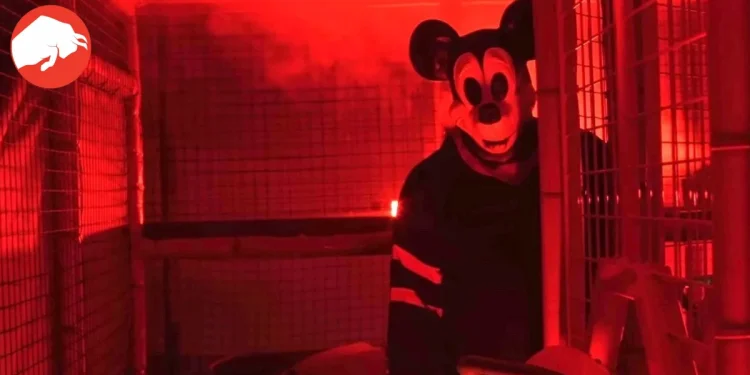The Controversial Realm of Horror Reinterpretations
In the realm of cinema and gaming, a curious trend has emerged, with beloved childhood characters being recast into sinister narratives. “Winnie-the-Pooh: Blood and Honey” stands as a prime example, causing both outrage and intrigue. Director Rhys Frake-Waterfield, behind this polarizing film, has recently voiced concerns about the potential legal and creative pitfalls of adapting public domain works like Steamboat Willie into darker tales.
Understanding the Legal Labyrinth of Public Domain Adaptations
Frake-Waterfield emphasizes the intricacies and misconceptions surrounding public domain adaptations. His insights highlight a common naivety among filmmakers who believe that public domain status provides unrestricted freedom to reinterpret these works. The director predicts a future fraught with legal challenges and significant expenses, which could deter creativity and innovation in this nascent cinematic niche.

“[I] noticed some stuff [on a few of the Steamboat Willie projects that] they shouldn’t have done. We didn’t want to go near that character. [It’s about to get] quite scary and extremely costly.”
A Horror Renaissance: From Winnie-the-Pooh to Possessed Mice
The trend of horror reinterpretations extends beyond films to video games, like Infestation: Origins, featuring a possessed Mickey Mouse. This cultural fascination with morphing the familiar into the macabre raises questions about the creative and legal costs associated with such endeavors. Frake-Waterfield’s experience with “Winnie-the-Pooh: Blood and Honey” highlights the complexities and controversies of these audacious adaptations, especially as projects like “Mickey’s Mouse Trap” and other slasher reinterpretations of Mickey Mouse loom on the horizon.

The Film Industry’s Crossroads: Quality versus Quantity in Horror Adaptations
Frake-Waterfield advocates for a selective, high-quality approach to character reimaginings, warning against the temptation to oversaturate the market with subpar stories. As the industry continues to explore this territory with upcoming horror takes on Bambi, Peter Pan, and more, it faces a critical choice: embrace a new era of horror or confront potential legal battles, creative misfires, and audience backlash.
“Are these films destined to usher in a fresh era of horror or succumb to legal battles, creative shortcomings, or audience rejection?”

The Audience’s Mixed Reception and Disney’s Legal Shadow
While the trend of dark reinterpretations intrigues some, it has also met with mixed to negative reviews, suggesting a limited appetite for drastic changes to cherished characters. Furthermore, the formidable legal presence of companies like Disney poses a significant threat to these ventures. Frake-Waterfield’s cautionary advice may serve as a guiding light for filmmakers venturing into these treacherous waters, urging them to weigh the risks and rewards of reimagining beloved classics in a horror context.
In conclusion, the industry stands at a pivotal moment, balancing between the lure of creative reinterpretation and the need for careful consideration of legal and audience implications. As more filmmakers contemplate venturing into the realm of horror adaptations of public domain classics, they would do well to heed Frake-Waterfield’s words, focusing on crafting timeless, high-quality stories that honor the legacy of the original works while exploring new creative territories.









